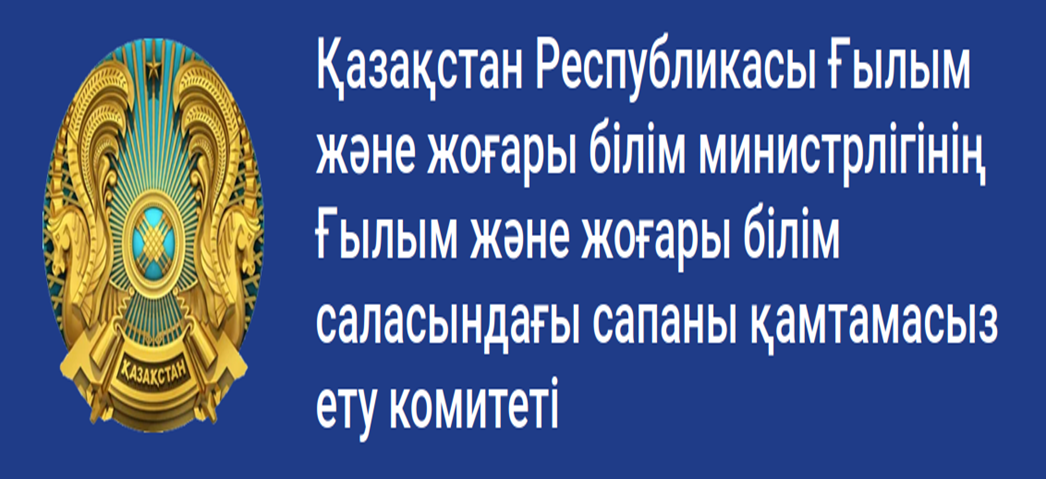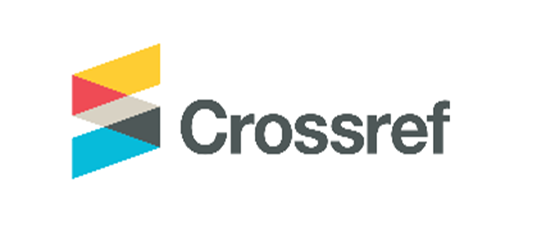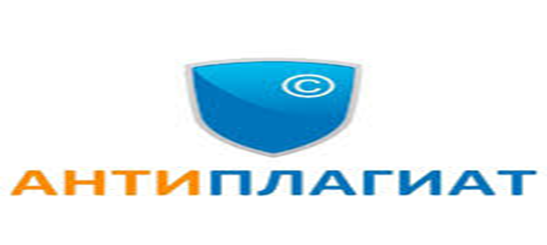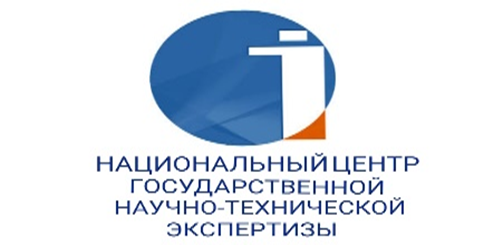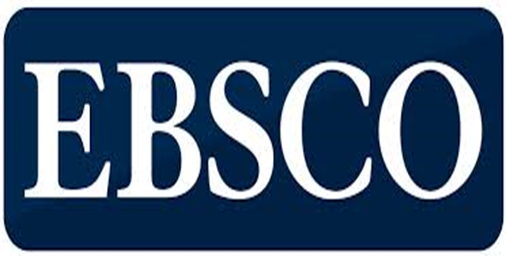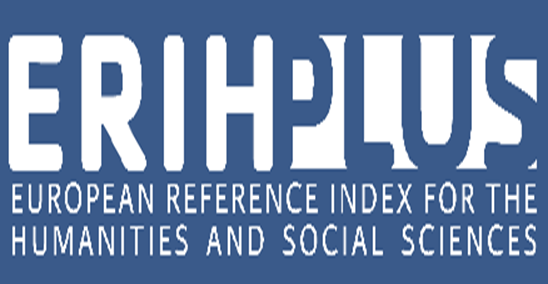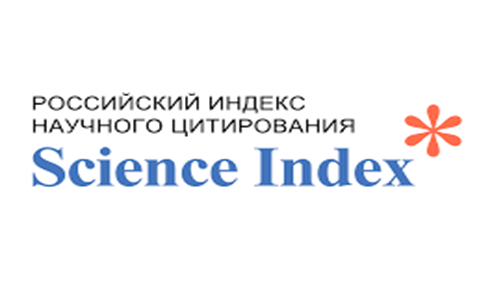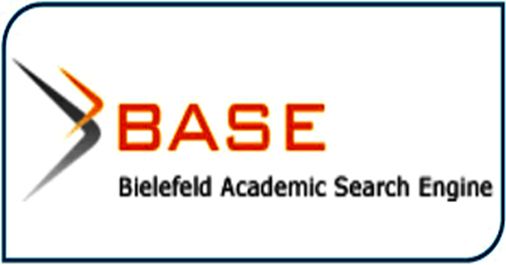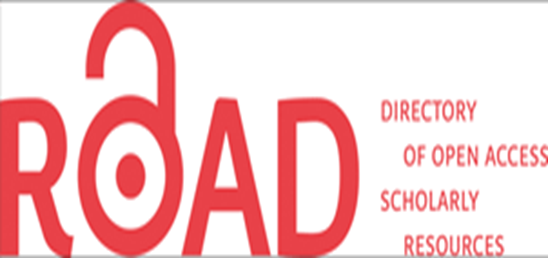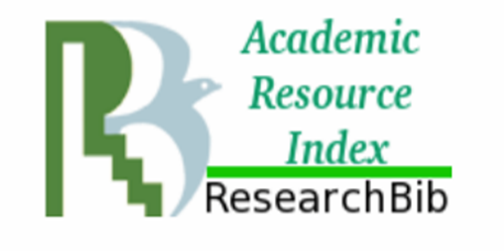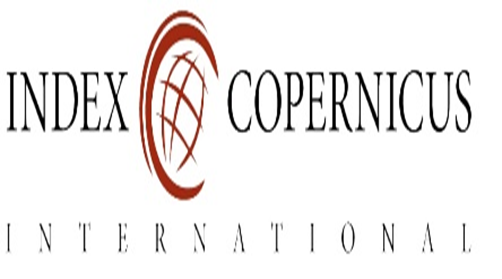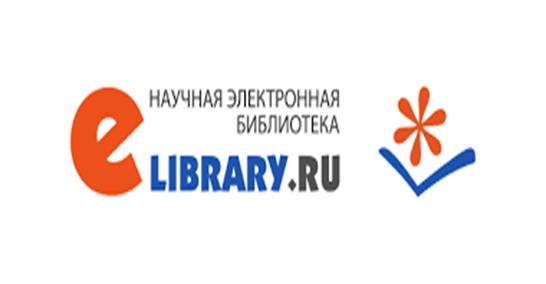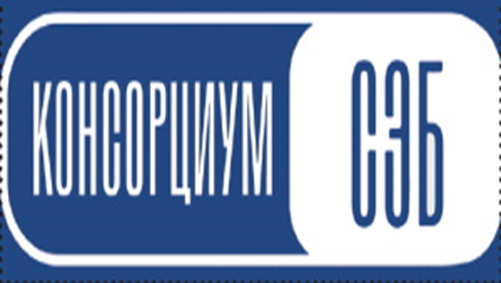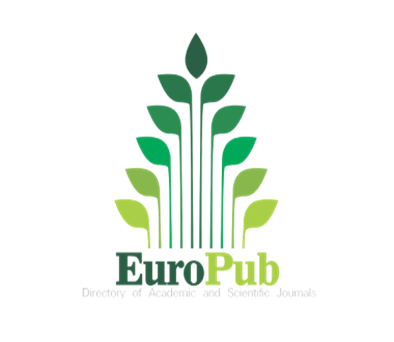Anthroponyms in the endangered Hoton language
Views: 194 / PDF downloads: 99
DOI:
https://doi.org/10.32523/2664-5157-2025-1-178-192Keywords:
Hotons and migration, ethnogenesis, Turkic languages and endangered language, Western Mongolia, minority language, anthroponym, name semantics, structural changes, Mongolic language influence, language contactsAbstract
One of the pressing issues in contemporary anthropology is the loss of ethnic identity and the extinction of minority languages. This article examines anthroponyms in the endangered Hoton language, historically a Uyghur dialect within the Karluk branch of Turkic languages. The ethnic foundation of Karluk languages traces back to Karluk-Uyghur Turkic tribes, which consolidated within the Western Turkic Khaganate and later in the Uyghur and Karakhanid states. Turkic tribes later migrated eastward, adopting a sedentary or nomadic lifestyle and shaping state formations in Eastern Turkestan. Today, Hoton speakers reside in the Xinjiang Uyghur Autonomous Region of China and western Mongolia (Bayangol Prefecture), experiencing linguistic and cultural assimilation, leading to the gradual erosion of their language.
The study focuses on the Hoton people living in Mongolia. The origins of the ethnonym ‘Hoton’ remain a subject of debate, with connections drawn to the Uyghurs, Kyrgyz, Kalmyks, and Oirat Mongols. Based on Russian, European, Mongolian, and Chinese sources, the authors of the article explore various perspectives on the origin of the Hotons, addressing their migration history, religious beliefs, and the challenges of preserving traditions, language, and identity within a Mongolic-speaking environment. To achieve this goal, field expeditions, interviews, and surveys of informants were conducted, along with a lexical analysis of the language, focusing particularly on anthroponyms. The study revealed that traditional Turkic naming customs persist among the Hotons, including name taboos, clan-based naming, regional ethnic interactions, and naming linked to zoonymy and social status (Altaic-Turkic suffixoids: -khan, -bai, -tai, -dai). Typical Hoton names feature long final vowels (aa, oo, ee: Shaldaa, Shövöö, Choydoo, Javaa), attributed to Mongolic influence. Further phonetic
changes under Mongolic influence are observed in derivational suffixoids: khan shifts to khaan/khon, bai > boi/voi/bo, dai/tai > daa, etc. It is likely that the Hoton language is undergoing strong assimilation by Mongolic languages and is now on the verge of extinction.
The Hoton language has also been influenced by Russian, Indo-Tibetan, and Arabic-Persian linguistic contacts.
The anthroponyms identified in this study can serve as a valuable resource for documenting and enriching the lexical database of the endangered Hoton language.
Downloads
Reference
Владимирцов Б.Я., 1916. Турецкий народец хотоны: Новые данные о хотонах //
Записки Восточного Отделения Императорского Русского Археологического Общества.
Пг.: Типография Императорской Академии Наук. С. 265-277.
Донгак А.С., 2019. Культ умерших предков в традиционной обрядности хотонов
Западной Монголии // Сборник статей VII международной научно-практической
конференции «Тенгрианство и эпическое наследие народов Евразии: истоки и
современность». Бишкек. С. 105-108.
Егоров В.Г., 1964. Этимологический словарь чувашского языка. Чебоксары: Чувашское
книжное издательство. 357 с.
Қайыржан К., 2013. Сөз-сандық: қазақтың көне сөздері. Алматы: Өнер. 480 б.
Ламожапова И.А., 2015. Исконные личные имена у монгольских народов: структура,
семантика: учеб. пособие. Чита: Изд-во ЗабГГПУ. 139 с.
Махмýд ал-Кāшгарӣ., 2005. Дӣвāн Лугāт ат-Турк /пер. З.-А.М.Ауэзовой. Алматы:
Дайк-Пресс. 1288 с.+2 с. вкл.
Потанин Г.Н., 2005. Очерки Северо-Западной Монголии. Горно-Алтайск: Ак Чечек.
с.
Санхүү Б., 2015. Хотон монголчуудын түүх, соёлын судалгаа. Ойрад судлалын
бюллетень-XLIX. Улаанбаатар: Тод номын гэрэл төв. 240 х.
Санхүү Б., 2019. Хотон ястны ургийн алтан бичээс. Улаанбаатар: ТЭПЭ ХХК. 182 х.
Смайыл А., 2013. Көп томдық шығармалары. Т.3. Астана: Фолиант. 400 б.
Шәкәрім Қ., 1991. Түрік, қырғыз-қазақ һәм хандар шежіресі. Алматы: Қазақстан;
Сана. 80 б.
Hasiyatu A., Samuel A., Samuel I., Moses О.А., John D.L., N.N. Mabia N.N., 2023.
languages and cultures expressed through personal names // International Journal of
Language and Culture, Volume 10, Issue 1. P. 87–114. [Electronic resource] – URL: https://
doi.org/10.1075/ijolc.22037.abu (Accessed: 02.02.2025).
Karatayev, O., 2015. Kirgiz soylu hotonlar. Moğolistan’daki «kirgiz» etnonimleri ve
toponimleri // Karadeniz, Sayı: 26, рр. 11-20. [Электронный ресурс] – URL: https://
dergipark.org.tr/en/download/article-file/155505 (дата обращения: 09.10.2023).
Magdalena T.F., 1979. The Khotan of western Mongolia // Acta Orientalia Academia
Science arum Hung. T. XXXIII (1). Р. 1-37.
María Paz L.M., Carlos S.-M.E., Ana Belén Z.G., 2023. The Reality of Women in the Universe
of the Ancient Novel //Research in Linguistics and Literature. Р. 149–158. [Electronic
resource] – URL: https://doi.org/10.1075/ivitra.40.09bla?locatt=mode:legacy (Accessed:
01.2025).
REFERENCE
Vladimirsov B.İa., 1916. Tureski narodes hotony: Novye dannye o hotonah [Turesk peoples Khotons: New data about Khotons], Zapiski Vostochnogo Otdelenia İmperatorskogo Russkogo Arheologicheskogo Obşestva [Notes of the Eastern Branch of the Imperial Russian Archaeological Society]. Pg.: Tipografia İmperatorskoi Akademii Nauk. P. 265-277. [in Russian].
Dongak A.S., 2019. Kült umershih predkov v tradisionnoi obrädnosti hotonov Zapadnoi Mongolii [The cult of dead ancestors in the traditional ritual of the Khotons of Western Mongolia] (Sbornik statei VII MNPK:Tengrianstvo i epicheskoe nasledie narodov Evrazii: istoki i sovremennost) [Collection of articles of the VII International Scientific and Practical Conference “Tengrianism and the Epic Heritage of the Peoples of Eurasia: Origins and Modernity”]. Bishkek. P. 105-108. [in Russian].
Egorov V.G., 1964. Etimologicheski slovär chuvaşskogo iazyka [Etymological dictionary of the Chuvash language]. Cheboksary: Chuvashskoe knijnoe izdatelstvo. 357 p. [in Russian].
Qaiyrjan K., 2013. Söz-sandyq: Qazaqtyñ köne sözderı [Vocabulary: Ancient Kazakh words]. Almaty: Öner. 480 p. [in Kazakh].
Lamojapova İ.A., 2015. İskonnye lichnye imena u mongölskih narodov: struktura, semantika: uchebnoe posobie [Original personal names among the Mongolian peoples: structure, semantics: textbook]. Chita: İzd-vo ZabGGPU. 139 p. [in Russian]
Mahmýd al-Kashgari, 2005. Divan Lugat at-Turk [Divan Lugat at-Turk] (per. Z.-A.M. Auezovoi) [transl. of Z-A.M. Auezova]. Almaty: Daik-Press.1288 p.+2 p.ill. [in Russian].
Potanin G.N., 2005. Ocherki Severo-Zapadnoi Mongolii [Sketches of Northwestern Mongolia. Gorno-Altaisk: Ak Chechek. 1026 p. [in Russian].
Sanhüü B., 2015. Hoton mongolchuudyn tüüh, soölyn sudalgaa [Research into the history and culture of Mongolian khotons] (Oirad sudlalyn bülleten-XLIX) [Bulletin on Oirat Studies]. Ulaanbaatar: Tod nomyn gerel töv. 240 p. [in Mongolian].
Sanhüü B., 2019. Hoton iastny urgin altan bichees. T.2. [Golden inscription of the khotons fetus. V.2.]. Ulaanbaatar: TEPE HHK. 182 p. [in Mongolian].
Smaiyl A., 2013. Köp tomdyq şyğarmalary. T.3 [Multi-volume works. V.3.]. Astana: Foliant. 400 p. [in Kazakh].
Şäkärım Q., 1991. Türık, qyrğyz-qazaq һäm handar şejıresı [Turkish, Kyrgyz-Kazakh and khan genealogy]. Almaty: Qazaqstan; Sana. 80 p. [in Kazakh].
Hasiyatu A., Samuel A.I., Samuel O.A., Moses, D.L., John, N.N. Mabia languages and cultures expressed through personal names [International Journal of Language and Culture]. Volume 10, Issue 1. P. 87–11. [Electronic resource]. URL: https://doi.org/10.1075/ijolc.22037.abu (Accessed: 02.02.2025).
Karatayev O., 2015. Kirgiz soylu hotonlar. Moğolistan’daki «kirgiz» etnonimleri ve toponimler [Kyrgyz noble Кhotons. «Kirgiz» ethnonyms and toponyms in Mongolia]. Karadeniz. P. 11-20. [Electronic resource]. URL: https://dergipark.org.tr/en/download/article-file/155505 (Accessed: 09.10.2023). [in Turkish].
Magdalena T.F., 1979. The Khotan of western Mongolia [Acta Orientalia Academia Science arum Hung. T. XXXIII (1)]. P. 1-37.
María Paz L.M., Carlos S.-M.E., Ana Belén Z.G., 2023. The Reality of Women in the Universe of the Ancient Novel. Research in Linguistics and Literature. P. 149–158. [Electronic resource]. URL: https://doi.org/10.1075/ivitra.40.09bla?locatt=mode:legacy (Accessed: 10.01.2025).
Downloads
Published
How to Cite
Issue
Section
License
Copyright (c) 2025 Turkic Studies Journal

This work is licensed under a Creative Commons Attribution-NonCommercial 4.0 International License.






